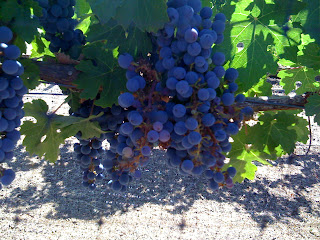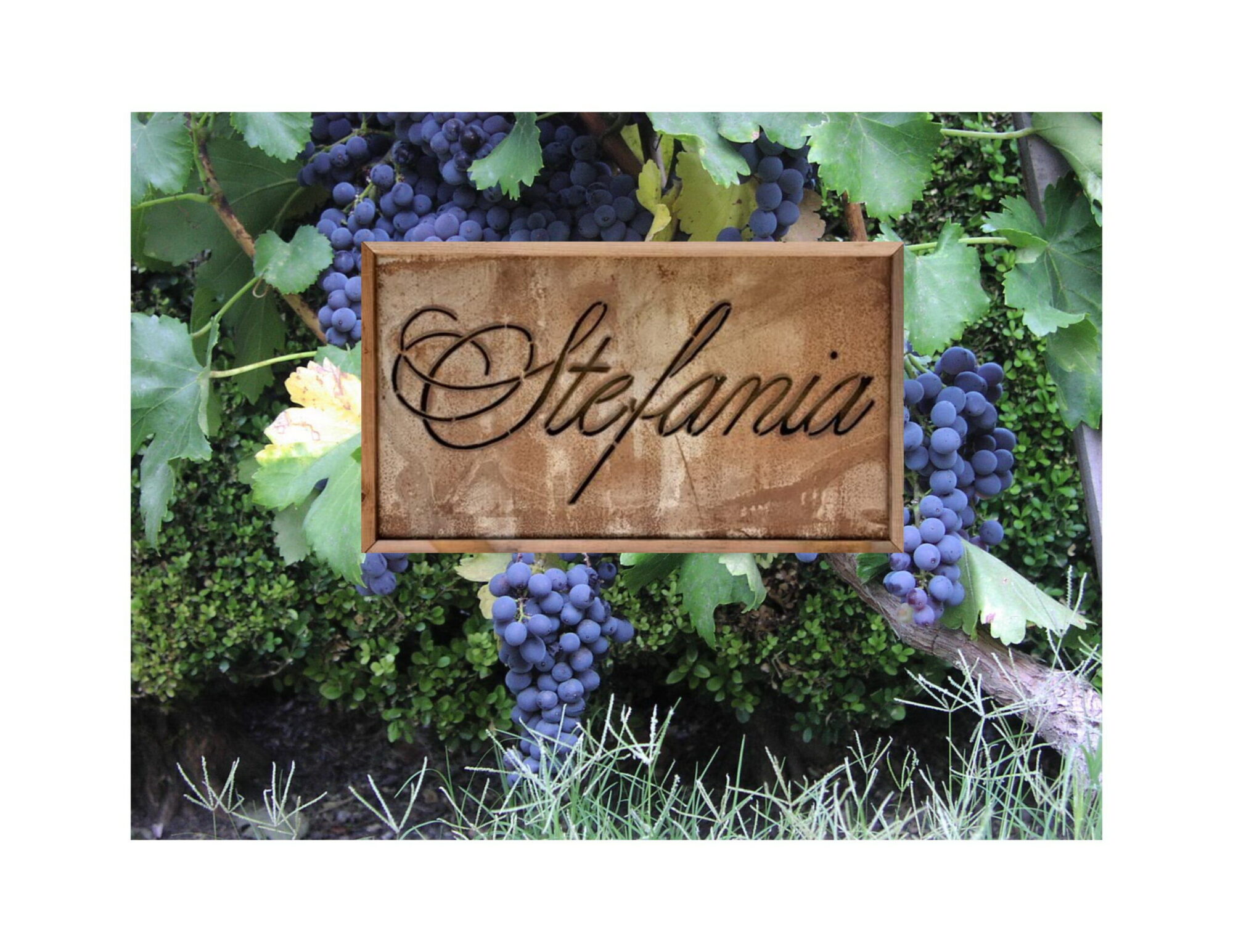There’s been talk and reports this year about a lot of ‘shatter’ in vineyards. What the heck is shatter? Basically it’s the result or outcome of some problem at flowering that prevents individual grapes on a cluster from being pollinated. The end result is a stringy cluster with empty spots where there should be grapes.
The picture below is of a cluster at the Crimson Clover vineyard in Morgan Hill that has shatter. You can see that the cluster looks like it has missing spaces where there should be grapes.

The grapes can also get a condition called ‘Chicken and Egg’, or ‘Hen and Egg’. I don’t really know why it has that name, the name doesn’t make sense, but what you end up with are some fully mature pollinated berries (chickens), and little hard un-pollinated green berries (eggs). We haven’t really seen that this year, so no pictures of that. Maybe it’s because pollinated eggs become chickens, but grapes never look like chickens. I think it’s a silly term. There’s a French term for the condition also, but I prefer to just say “poor fruit set’.
The next picture shows that this condition is pretty limited for us. You can see a few clusters on this vine have shatter. Most though are fine and healthy.
 Basically anything that interrupts the flowering cycle will cause shatter. It can be frost, wind, too much heat, too much cold, shaking the plants, spraying while flowering is happening, or anything that keeps the pollen from hitting the flower.
Basically anything that interrupts the flowering cycle will cause shatter. It can be frost, wind, too much heat, too much cold, shaking the plants, spraying while flowering is happening, or anything that keeps the pollen from hitting the flower.
The culprit in the Crimson Clover vineyard is wind. The vineyard is in a narrow valley in the eastern foothills of the Santa Cruz Mountains at about 300 feet. In the morning the fog burns back out of the valley, creating wind in a south eastern direction. In the afternoon the Santa Clara Valley heats up and draws cool wind down this little valley from the Ocean, shifting the wind to the opposite direction.
The final picture shows a vine at the boundary of the vineyard. At the south-eastern edge of the vineyard where this vine is located, the other vines can’t break the wind. The result is that shatter is worse on the wind exposed edges of the vineyard. You can see the boundary fence in the background of this picture.

Overall though the impact is small for us. Yields go down a little, but we’ll still get about 2-3 tons per acre from this site. The open clusters also help prevent mildew. Since the cluster is open to the air it’s harder for mildew to start. It is also easier to get spray on the berries since they are not tightly spaced together. Finally, the lower yield helps concentrate ripeness and means less thinning for us.
